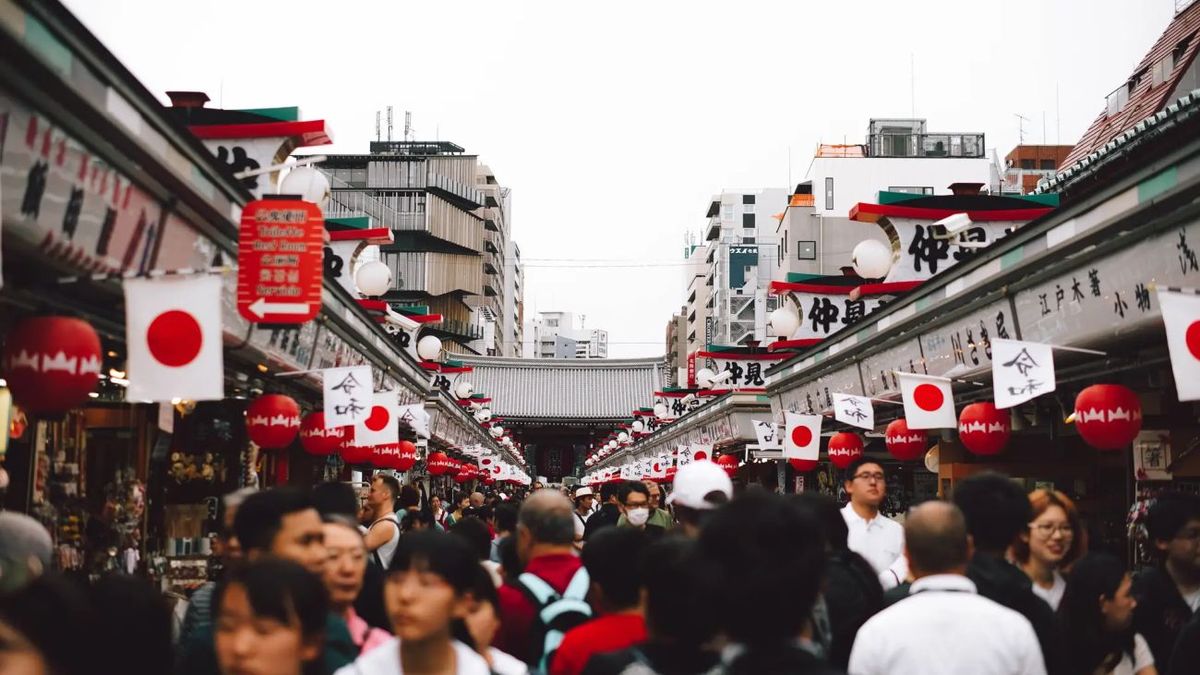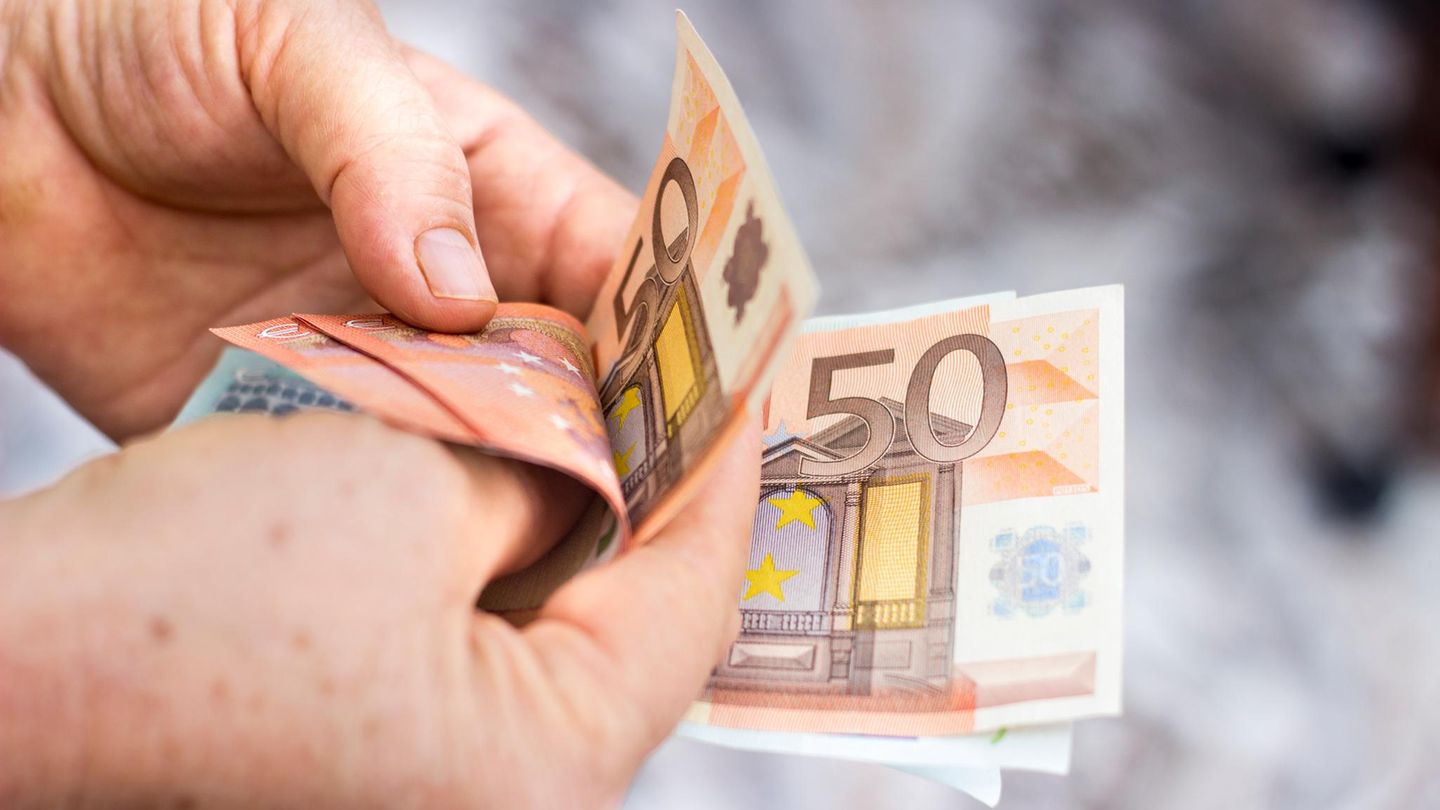The United States and Europe once feared the Japanese economic giant in the same way they fear the growing economic power of China today. But the Japan that the world expected never came.
For decades, Japan has been transiting through a sluggish and heavily indebted economy (it has a public debt ratio of more than 200% of GDP), restrained by a deep socio-productive resistance to change, and skeptical of certain processes that globalization inexorably wanted to accelerate.
The Japanese care little, at least not as we analyze it from our Western vision. Its population, in the process of aging/declining (with some reluctance to immigration), does not become emboldened by political tensions: it is a peaceful country, with the highest life expectancy in the world and the lowest homicide rate, and few related conflicts of the political and economic scene. It is not strange in a geography where the peasantry went from serving the feudal lords in the countryside, to moving to the cities to serve the same lords who had become bourgeois.
is that the japanese miracle, the genuine model that Japan developed, positioned itself after World War II with strong state interventionism, large business holdings and the acquisition of technology. This defense of protectionism in the face of global liberalizing trends (which, it must also be said, resulted in Japan losing its competitive advantage, outpaced by its disciples) was cemented by an elite that promoted a paternalistic relationship on the part of the company with its workers, who in turn serve it above their personal interests, and generally for life, in a model of mutual loyalty.
Of course, all this was accompanied by the ‘eternal’ Liberal Democratic Party (LDP), which has ruled Japan for seventy years. It is often said that the PLD’s support base is made of ‘concrete’, with a strength that rests on clientelism and the promise of political stability based on a past of order and progress. For this reason, change feels distant, within the framework of a rigid hierarchy that determines who has the levers of power. An overwhelmingly male ruling class that is defined by nationalism and the conviction that Japan is special.
Under the described scenario, inflation has never been a serious problem. Except in the last thirty years, where the great financial crisis of the early 1990’s has been the triggering tool for a deflationary dynamic, sustained by stagnant wages and the terror of scarcity; the fear and anguish of a generation that had already learned to ‘go with nothing’.
However, to the surprise of some, now inflation has returned: it has reached a level of 3% per year, the highest since 1991 (excluding the 2014 jump, when prices were affected by a sales tax increase). Positively, this is taking place not only because foreign tourists are back after the pandemic, but also because consumer spending is increasing, derived from the forecasts of salary increases through Public Expenditure in order to offset price increases, as well as growing signs of a cooling off in the United States, Europe and China clouded the outlook for Japan’s export-dependent economy, prompting the government to persuade private companies to speed up wage increases to help to boost domestic demand.
An example of this inflationary process has been the 20% increase in one of the most common snacks in Japan., the Umaibo, a product that has always been priced at 10 yen (US$0.075) since its creation 43 years ago. Such was the impact that Yaokin, the company that makes the popular snack, had to launch an advertising campaign explaining why it was forced to raise the price. It is that, as indicated by the board of directors of the corporation, “Consumers are not used to accepting inflation.”
Beyond the above, there are not a few analysts who indicate that a large part of the inflation that exists today in Japan is not the reflection of a true recovery, but rather the result of a huge external crisis (mainly derived from the increase in prices). energy products and food imported by the war) and the devaluation of the Yen. That the Japanese understand it with resignation, as an exogenous element, a fact that exceeds it.
To conclude, it is important to emphasize that the comparisons must have that seasoning of the totalizing understanding of the social sciences to be useful. In Japan we find an oriental culture of introspection away from meaningless purchases. A history of suffering, a top-down logic, a geographic scenario of dependence on food and energy security, a vision of the Nation as a whole as a priority (beyond individual pettiness). There are no price-forming monopolies that exert pressure, nor public spending or monetary expansion that is transferred madly to consumption or the purchase of foreign currency. Nor an external debt in times and interests impossible to pay. Corruption, capital flight, exist; but not in a systematically structured and destabilizing way. Therefore, we have a country that is far away, before, now and surely in the future, from an out-of-control inflationary process.
And if we analyze Argentina? Looking at the preceding paragraph, I better owe them.
Economist and Doctor in International Relations (@KornblumPablo)
Source: Ambito
David William is a talented author who has made a name for himself in the world of writing. He is a professional author who writes on a wide range of topics, from general interest to opinion news. David is currently working as a writer at 24 hours worlds where he brings his unique perspective and in-depth research to his articles, making them both informative and engaging.




